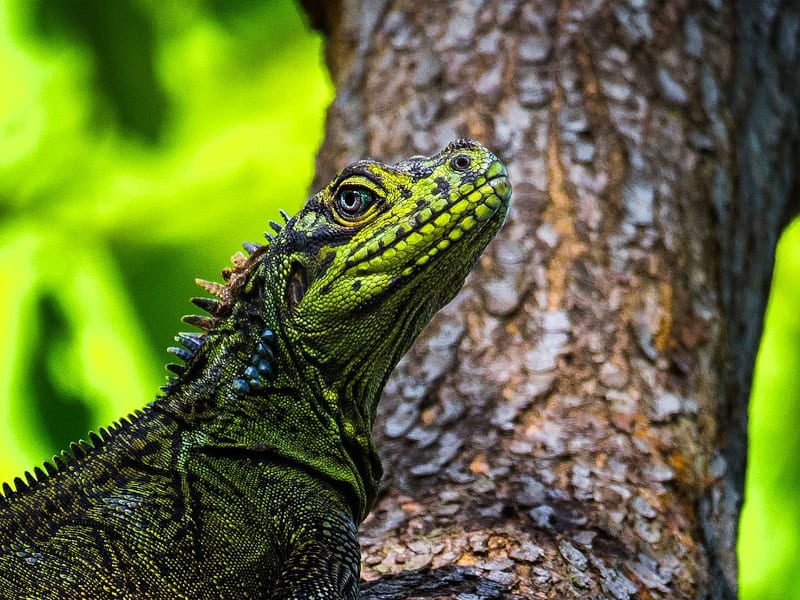
Philippine sailfin lizard Facts
- This creation of Nature and evolution most frequently goes by the informative common name of the Philippine sailfin lizard. It also has alternate names it’s sometimes called. These include such terms as crested lizard and soa soa water lizard.
- Within scientific circles, however, it’s referred to by yet another title. That’s its formal, scientific name. Unfortunately, that’s a term that’s somewhat hard for the layperson to pronounce. That’s because it bears the technical moniker of Hydrosaurus pustulatus.
- The animal received that difficult title due to the efforts of the Baltic German naturalist, Johann Friedrich Gustav von Eschscholtz. He recorded the first official recognition of the reptile as a separate and distinct species. He managed this feat in the year 1829.
- Sadly, it has long been a target of the exotic pet trade, due to its appearance. Thankfully, though, it now enjoys the status of a protected species in the region of the world it lives in. Nevertheless, illegal hunting of it for that reason still continues across its range.
- Fortunately, the intriguing Philippine sailfin lizard appears to be maintaining a wild population that’s both sizeable and stable. That situation further seems to hold true throughout the entirety of its territory. The IUCN, thus, now lists it as Least Concern.
- Nonetheless, it still faces several potential threats to its continued existence. Most of these stem from the actions of man. They include such perils as habitat loss and hunting for consumption. Now, however, it faces the threat of ongoing climate change.
Related Articles
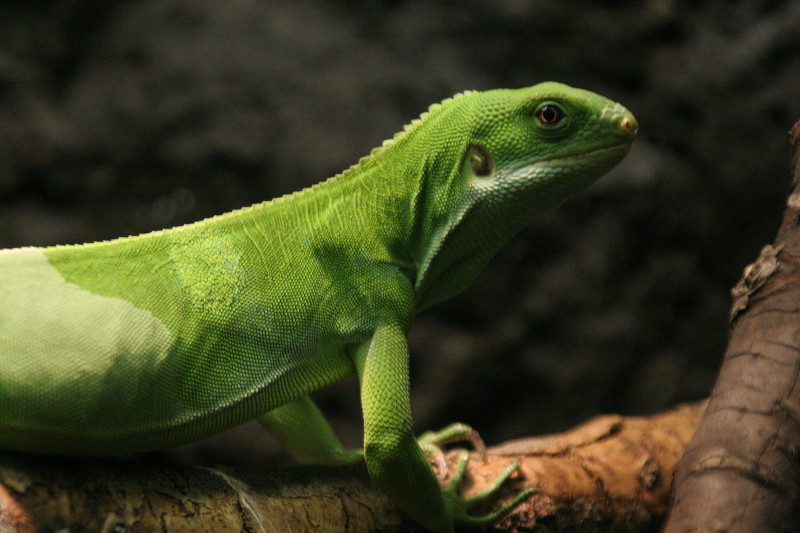
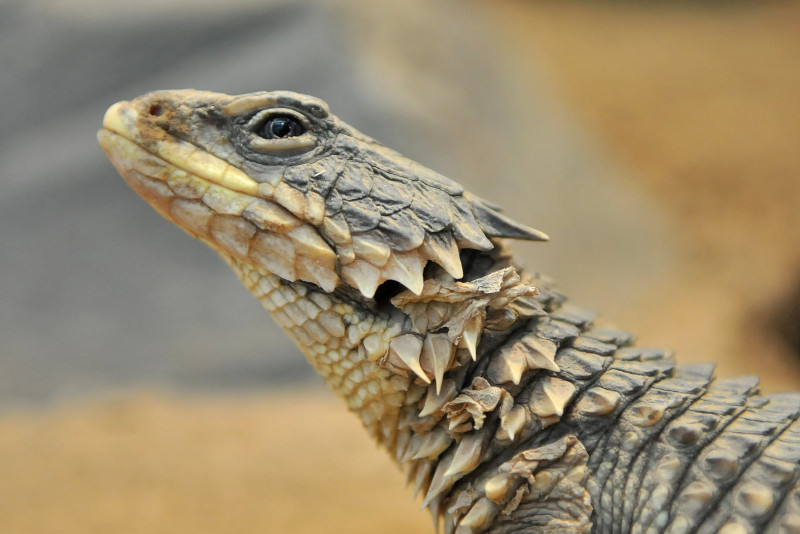
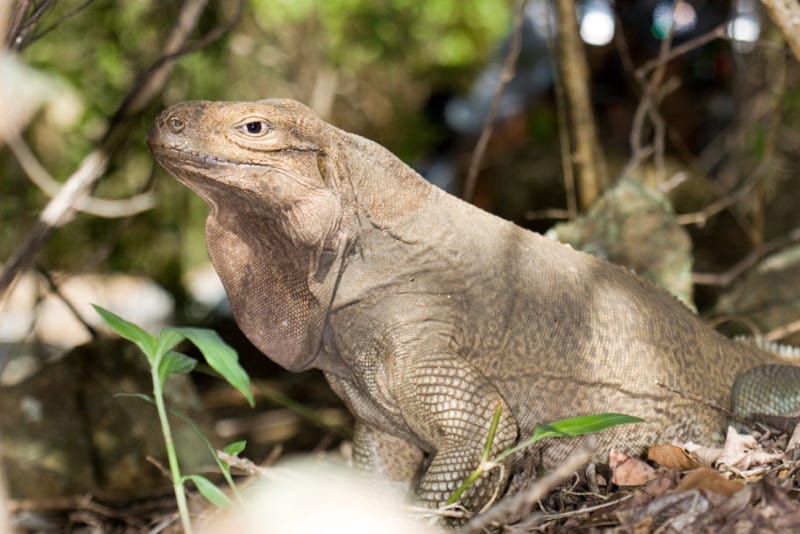
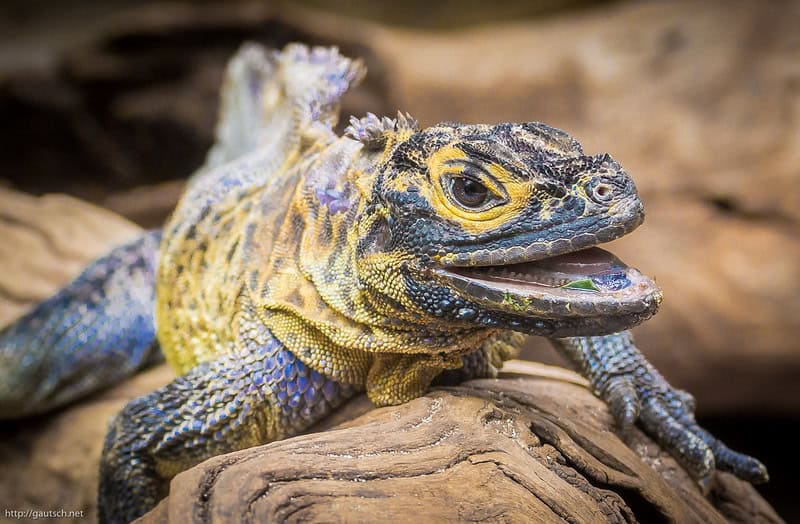
Philippine sailfin lizard Physical Description
The Philippine sailfin lizard is one of those marvels of Nature that quickly captivates those who encounter them. Unlike some species, though, it does so for a variety of reasons. Though certainly not its most intriguing aspect, the animal boasts an impressive size.
Like many reptiles, however, it also displays a certain degree of the physiological characteristic of sexual dimorphism. In its specific case, this trait manifests itself in terms of both size and physical appearance. Though not unknown, that’s somewhat less common.
Regarding size, males of the remarkable creature typically attain a much greater size on average than their female counterparts. Including the lengthy tail, males reach an average length somewhere between 3 – 4 ft (0.91 – 1.2 m). Females average 2 -3 ft (61 – 91 cm).
Despite the difference in length, weights of mature adults remain approximately the same, regardless of gender. This results in many females having a slightly stockier build than the males. Overall, though, fully grown individuals attain weights of about 3 – 5 lbs (1.4 – 2.3 kg).
Yet the Philippine sailfin lizard also displays gender-based differences in terms of the crest, or sailfin. This, thin, upright feature extends from the base of the tail to the lower section of the back. Males of the species develop a larger crest, in addition to bigger heads.
Even the coloring differs between the sexes, though to only a minor degree. This principally consists of a background of dark green and brown. Yellow patches sometimes appear on the back and near the head. The limbs of the male, though, show a darker shade than females.
- Kingdom: Animalia
- Phylum: Chordata
- Class: Reptilia
- Order: Squamata
- Family: Agamidae
- Genus: Hydrosaurus
- Species: H. pustulatus
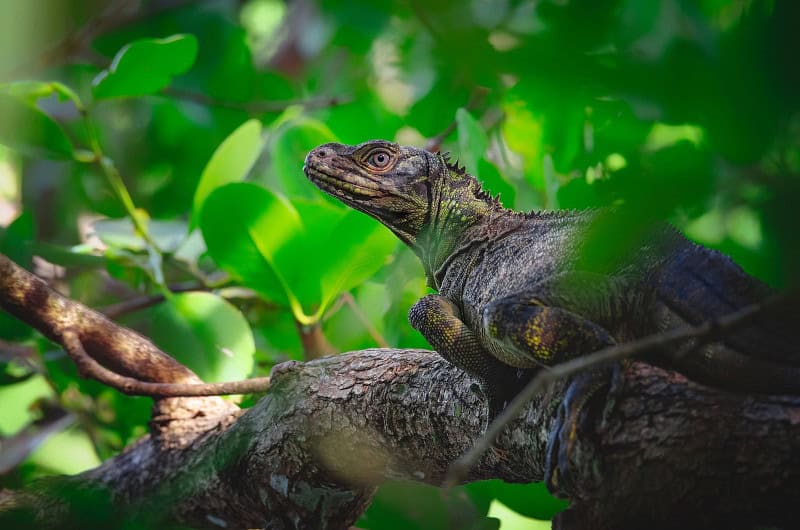
Philippine sailfin lizard Distribution, Habitat, and Ecology
The amazing Philippine sailfin lizard evolved as endemic to a portion of the world well known for its natural beauty. Its very name indicates part of that range, of course. However, that same moniker is also slightly deceptive, as it appears elsewhere, as well.
The majority of specimens do appear on several of the islands comprising the Philippines. It does not, though, live on Palawan Island. A smaller population also makes its home in New Guinea, and a small part of Indonesia. It’s unknown if it ever lived anywhere else.
Like many related species, the animal also displays decidedly strong preferences for its choice of habitat. Due to this instinctive tendency, though, its choices remain somewhat limited. The reptile makes its home almost exclusively in regions of tropical wooded areas.
Yet, the wonder of Nature also requires close proximity to calm or slow-moving water. This includes such diverse regions as riverbanks, mangrove areas, and even rice fields. The specifically evolved animal further prefers the presence of loosely piled rocky debris.
Still following a pattern common to its relatives, the Philippine sailfin lizard developed as an omnivore. Intriguingly, it strikes a very even balance between meat and plants. Its diet thus consists of such food sources as fruits, leaves, insects, and even smaller crustaceans.
The species additionally evolved as diurnal in nature. Individuals spend the majority of the day sunning themselves. Breeding occurs once per year, though the female may lay several clutches. Each of these typically produces between 2 – 8 eggs each, placed in shallow pits.
Species Sharing Its Range
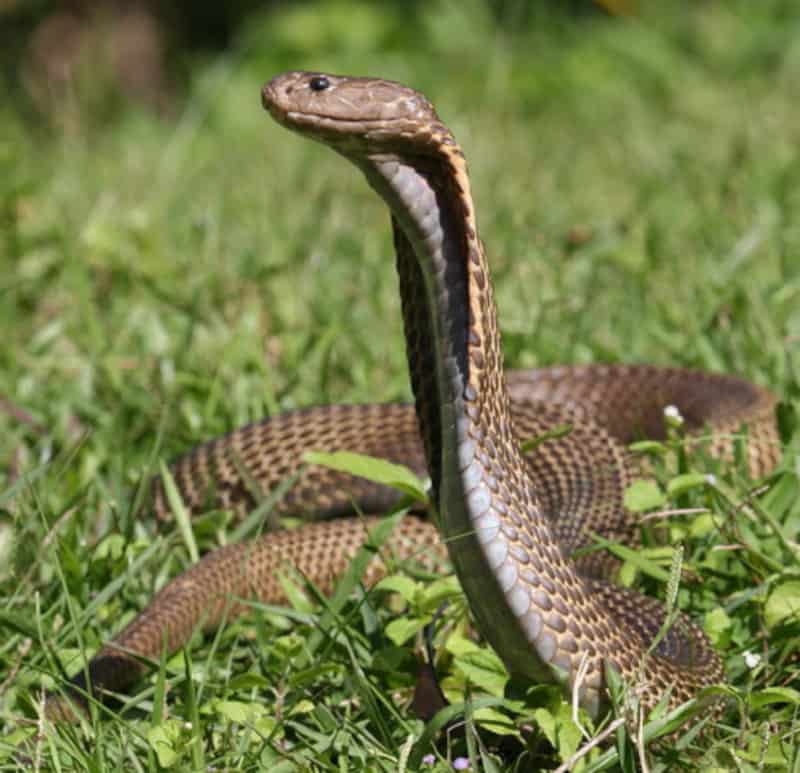
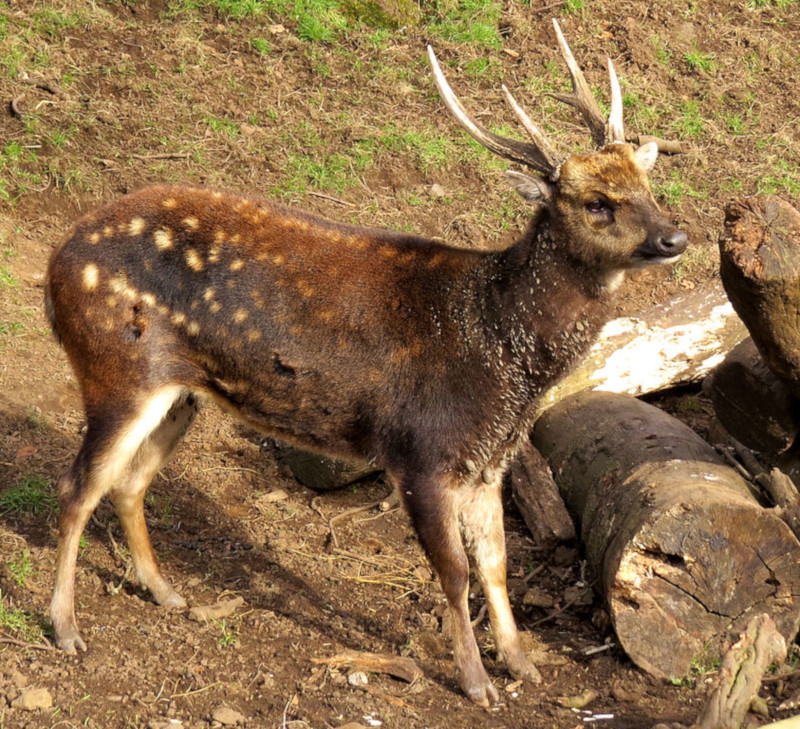

Check out our other articles on 5 Beautiful North American Butterflies, Victoria Falls, Hyacinth Macaw, Appalachian Avens, Southern Darwin’s Frog, 5 Remarkable Bolivian Herbaceous Plants









Leave a Reply